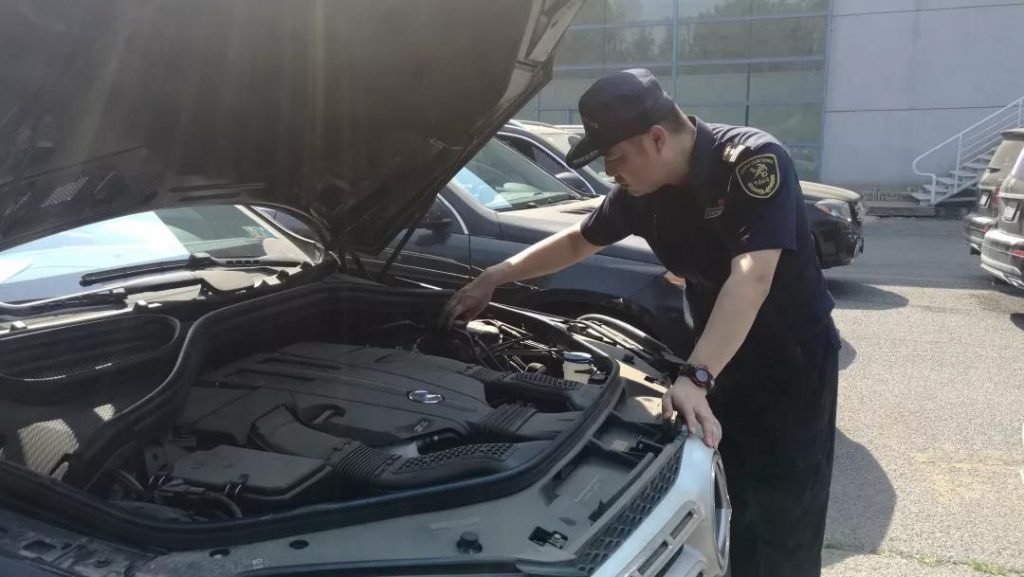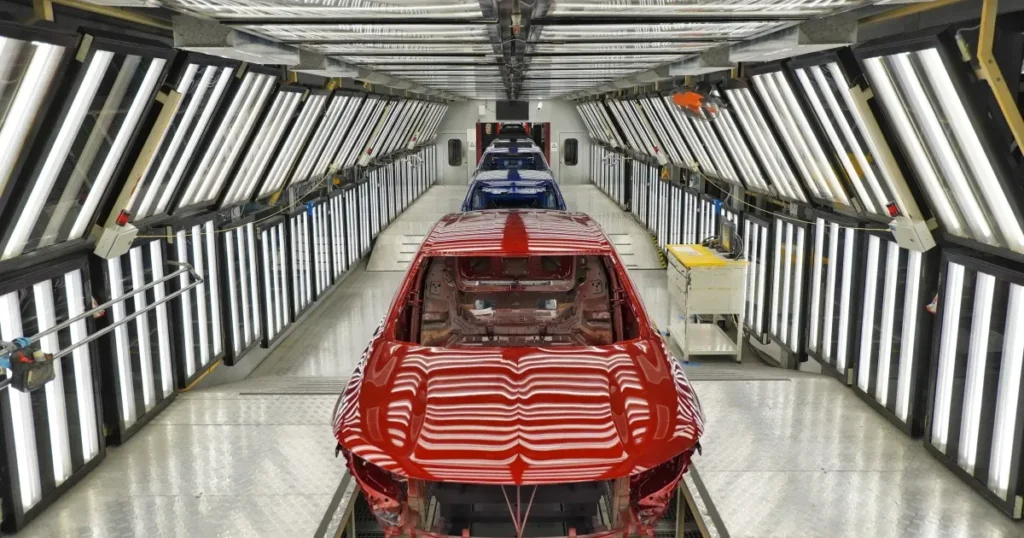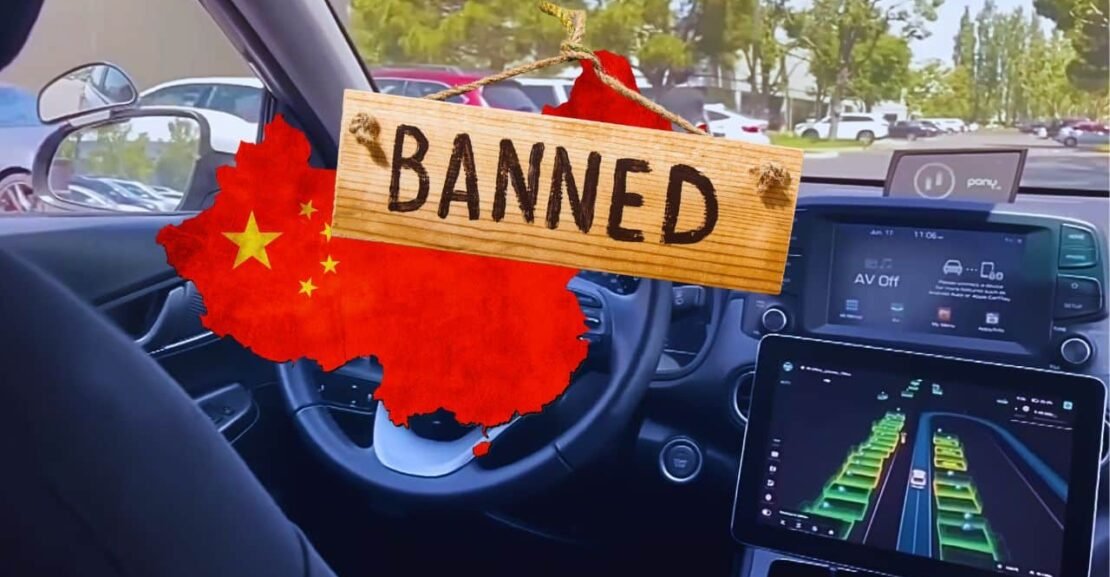While Chinese cars are not outright banned in most countries, there have been regulatory, import, and safety-related restrictions that limit their availability or use in certain regions. These include import bans, compliance issues, and concerns over quality and safety.
Here’s a detailed look at where Chinese cars may be banned or restricted, and what drivers should know about legality and availability.
1. Overview of Chinese Car Restrictions
Although Chinese cars are not universally banned, some models face import restrictions, especially if they do not meet local safety and emissions standards. This is particularly true for non-approved or unlicensed models.
Key reasons for restrictions include:
- Lack of official dealership support
- Non-compliance with U.S., EU, or Canadian regulations
- Limited availability through authorized channels
- Concerns over after-sales service and reliability
These factors can make some Chinese cars unsuitable for legal use in certain countries.

2. Countries Where Chinese Cars Are Restricted
Some regions have tighter regulations on foreign vehicles, including Chinese models:
- United States – Many models require compliance with NHTSA and EPA standards
- Canada – Vehicles must meet Transport Canada requirements
- European Union – Some models are not certified for sale
- India – Certain models may face import duties and compliance checks
- Middle East – Some models are not available through local dealerships
While not all Chinese cars are banned, unapproved models may be restricted or difficult to register.

3. Why Are Some Chinese Cars Banned?
Several factors contribute to Chinese cars being banned or restricted:
- Lack of certification – Not meeting international safety or emissions standards
- Import laws – Some countries impose tariffs or bans on foreign vehicles
- Regulatory compliance issues – Models may not pass U.S. or European inspections
- Brand recognition and trust – Limited consumer confidence in some models
- Quality concerns – Older or unverified models may not meet global standards
This can lead to legal and practical challenges for buyers looking to import or drive Chinese cars.
4. Popular Chinese Cars That May Be Banned
Some Chinese car models are known for limited availability due to regulatory hurdles:
- BYD Tang – While popular in China, it faces import challenges in the U.S. and Europe
- Haval H5 / H6 – May not meet NHTSA or Euro NCAP standards
- Geely Emgrand – Some models require modifications to be driven legally
- Chery Tiggo 7 Pro – May not be approved for sale in some markets
- Wuling Hongguang Mini EV – Often sold as low-speed electric vehicles, which may not be allowed on highway systems
These models are often imported or sold through private channels, but may not be officially licensed in all regions.

5. What Happens If You Drive a Banned Chinese Car?
Driving a banned or non-approved Chinese car can result in:
- Fines or penalties from local authorities
- Registration issues with DMV or state agencies
- Insurance problems due to non-certified models
- Difficulty in finding parts and service
- Potential for recalls or legal action if the vehicle is found to be non-compliant
It’s important to research and verify whether a Chinese car is allowed in your region before purchasing or importing.

FAQs
Q1: Are Chinese cars banned in the U.S.?
A1: No—most models are allowed, but they must meet federal and state regulations.
Q2: Can I drive a banned Chinese car in my country?
A2: It depends on local laws and vehicle compliance—some models may be illegal to drive without proper certification.
Q3: Why are some Chinese cars banned?
A3: Due to lack of certification, safety concerns, or regulatory non-compliance.
Conclusion
While Chinese cars are not banned in most places, certain models may face restrictions based on import rules and compliance standards. Always ensure your vehicle meets local regulations before purchasing or driving.

